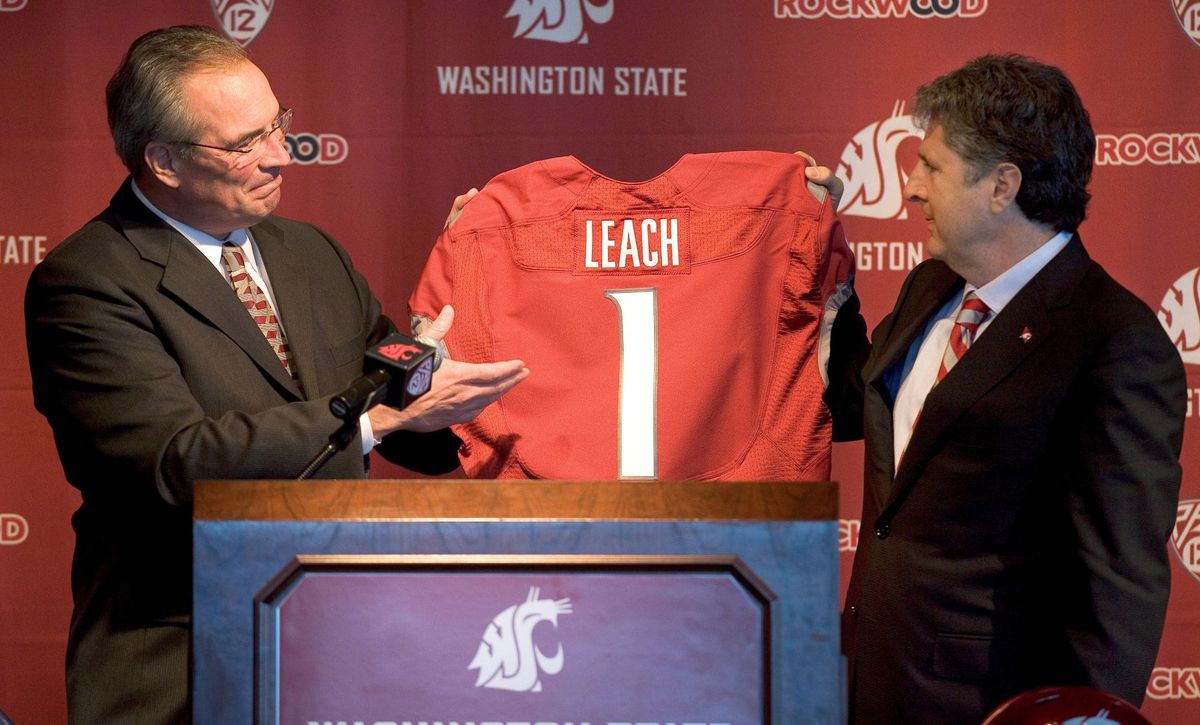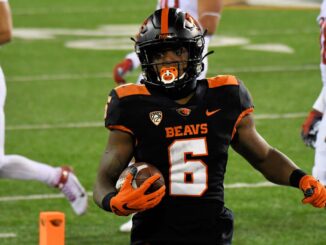
This week, we saw Washington State Athletic Director Bill Moos announce his leave from WSU to take on the athletic director position at the University of Nebraska. Nebraska let go of Shawn Eichorst back in September, after their college football team lost to Northern Illinois. Nebraska then felt it was best to put an offer out to Bill Moos as their next director, and Moos agreed.
As reported by The Seattle Times, significant friction grew between the athletic director and Kirk Schulz, the WSU school president, over concerns about the athletic program’s debt. This year, the school’s athletic program will be in a $8.5 million deficit and Schulz wanted Moos to increase fundraising efforts. The visions of these two men didn’t mesh, which probably encouraged Moos to look for positions elsewhere for a better fit, finding the deal with the University of Nebraska.
Although this may seem like a simple job change, as the business world sees clashing ideas lead to broken relationships all the time, in this case, I think it is important to follow the money and understand what exactly happened. Moos will be successful on his end as he was paid well at WSU and will likely have a decent paycheck in Nebraska. Moos worked hard to bring improvements to WSU Athletics; several expansions and coaching hires brought the Cougars back to significance over the past couple of years. This improvement came with a cost, pushing WSU Athletics into debt. Although the WSU athletic program is in this deficit, Schulz won’t have Washington State University pay the athletic program’s debt, as he remained insistent that the program repay on its own.
On the other side of the state, the University of Washington also went through a couple of changes over the past few years. The school in Seattle came across deficits of about $15 million per year but at the end of the last fiscal year in June, UW had halted their deficit and reported a surplus of approximately $2,000.
UW primarily was successful because the football program ended up playing extremely well at the right time. The school brought in a new coach who turned the team around almost immediately. A well playing team makes it easier for marketers; more fans attend UW football games and buy team merchandise. The situation is comparatively better that WSU’s, although the surplus does ignore the amount of debt that University of Washington as a whole was in for this past fiscal year. While the UW reported the $2,000 surplus, their expected debt service payment for the next fiscal year is just over $16 million. However, it’s largely expected that the UW will remain healthy with its own debt.
There is an arms race between athletic departments in the PAC-12 and schools easily rack up debt in the competition to win the proverbial arms-race. College football is a huge money-making machine for universities, and investing in these athletic programs could provide revenue for schools over time. In fact, the PAC-12 secured a 12-year $3 billion contract with ESPN and Fox back in 2011. These media companies saw a huge potential in the PAC-12 and decided to secure rights to the football product. In turn, the incentive for these football programs is to invest in huge infrastructure projects on their campuses. New facilities can attract top recruits to play at these schools and as logic would follow, the wins would come right after. More wins equal increased revenue.
The University of Oregon, Oregon State, UW, and WSU, have all heavily invested in these infrastructure programs. Combined, these schools will be in approximately $54 million in debt for the next fiscal year, but for some reason the WSU situation is a little different.
In retrospect, Moos secured an appalling apparel deal for WSU. The contract that was signed with Nike promised a little over $2 million per year to WSU, a somewhat similar contract UW and Oregon negotiated. However, WSU is signed on with Nike until 2024, meaning WSU will be locked into this price per year, without the chance for an increase until the contract expires in 6 years. The UW and Oregon will be able to renegotiate within the next two years, in an economic environment that currently looks financially bountiful and the possibility of increased leverage if their teams play well. In fact, schools like UCLA are currently getting apparel deals worth up to $19 million per year from the likes of Under Armour. WSU could potentially be in a huge financial disadvantage in comparison to the rest of the Pacific Northwest by the time 2024 rolls around. Expect the UW and Oregon to receive enormous apparel deals, which will help pay for the infrastructure deals they’d originally negotiated.
WSU athletics has wildly outspent their revenue. Based on 2015-16 alone, the department spent about $13 million dollars more than what they’d brought in. Their future deficit projections stand to be at $9.7 million to $10.7 million.
Given the above, and the fact that the PAC-12 doesn’t bring in the same level of money that other power conferences are bringing in, this money problem hurts more for Washington State. Interestingly, Moos’ Nebraska projects to bring in about $45 million next year from the Big Ten. The PAC-12 projects to be giving each school in their conference a mere $31 million per year, as comparison. As a reminder, this situation won’t get any better for WSU as the PAC-12 media deal with ESPN and FOX is slated to also last until 2024.
What we know is that the WSU athletics department is going to push hard in fundraising in the next few years under the guidance of school president Schulz, as the department holds virtually no leverage in re-negotiating key contracts. Also, Moos has left for better pastures, leaving Mike Leach’s status in question.
The smart thing to do for Leach would be to follow Moos. WSU is in an extremely tough situation in regard to finances, and if Leach has a chance to get into the Big Ten, where money is being made, then he needs to do it. Mike Leach would command more on the market than the $3 million he’d made in 2016 from WSU. He deserves more than what they’re paying Mr. Riley at Nebraska, and Leach would get a significant pay raise to coach in the Big Ten. This is purely speculative and is dependent on if Moos would like for Mike Leach to come along.
WSU is in a tough spot right now financially, and fans of any PAC-12 school should hope that every single school remains viable. One successful school means that the rest of the conference benefits as well. The University of Washington Huskies went to the national playoffs last year, giving each school in the PAC-12 $450,000. Under the leadership of Kirk Schulz, unfortunately, I don’t see this athletic department getting out of this hole any time soon. It’d be best for coach Mike Leach to grab hold of a better opportunity if he has one.




